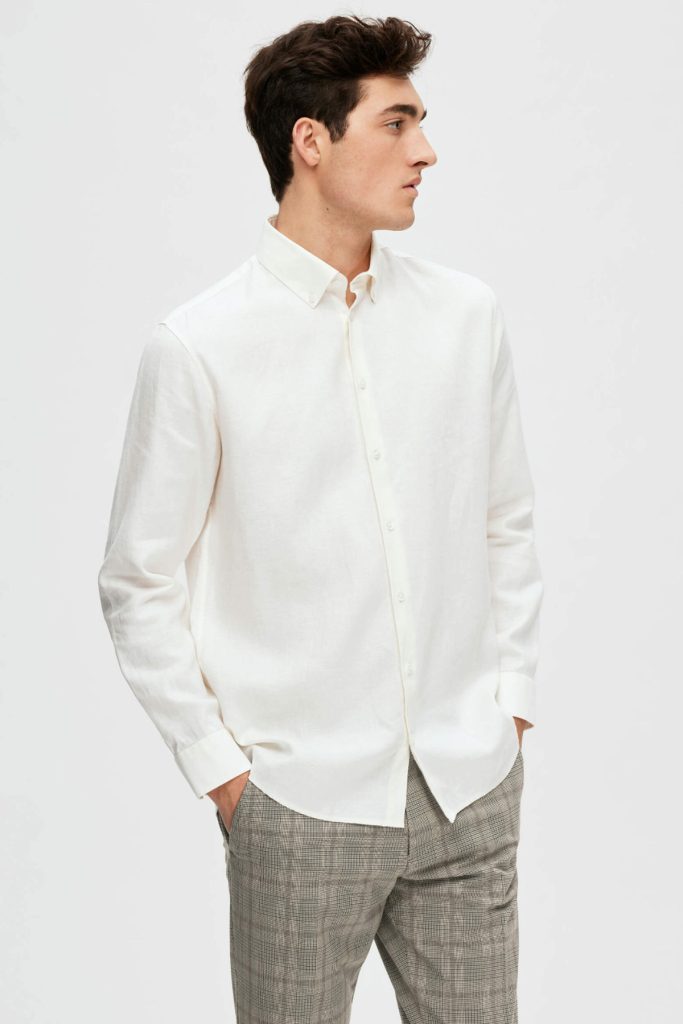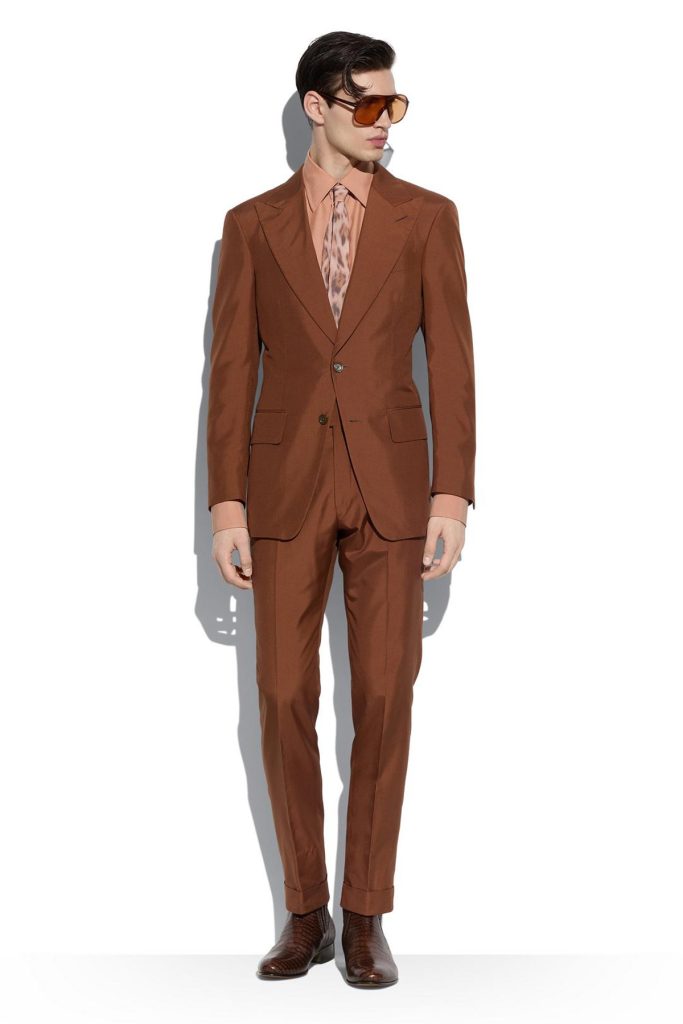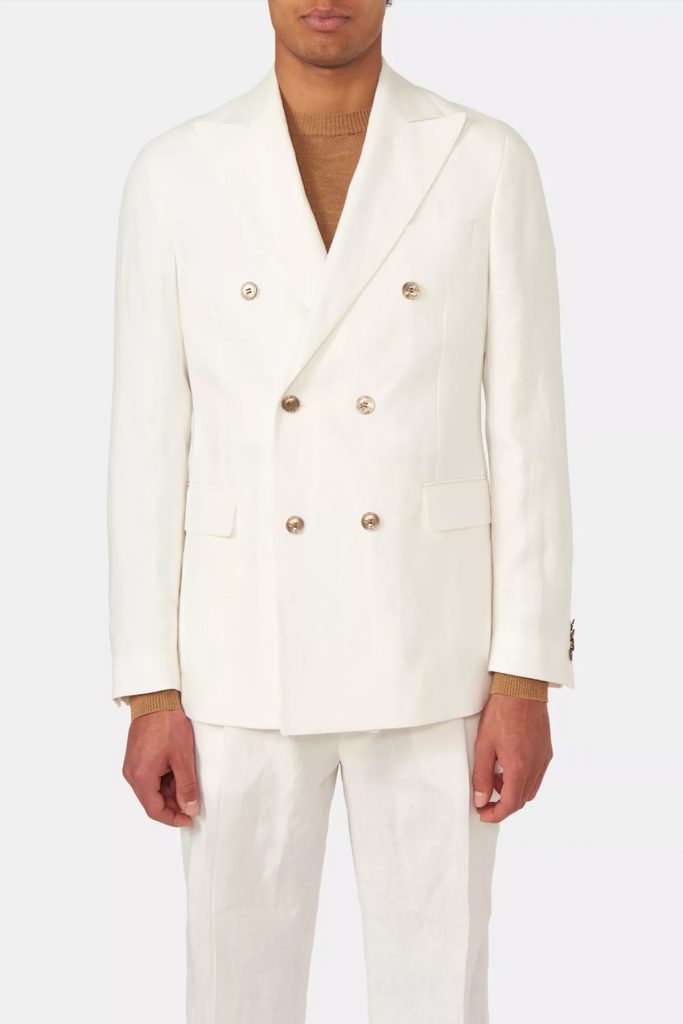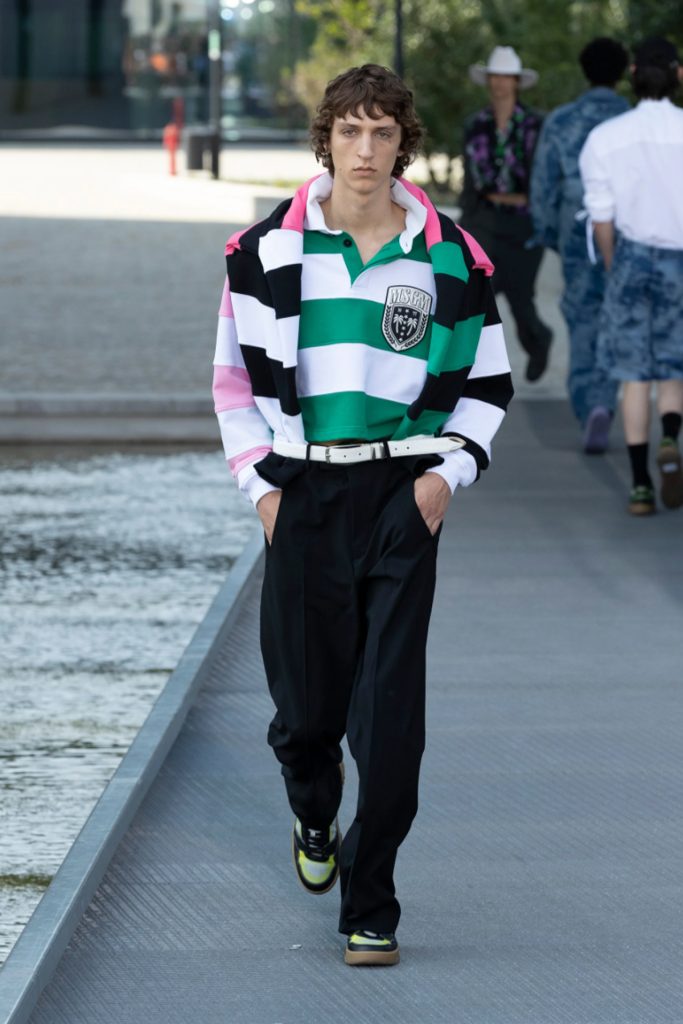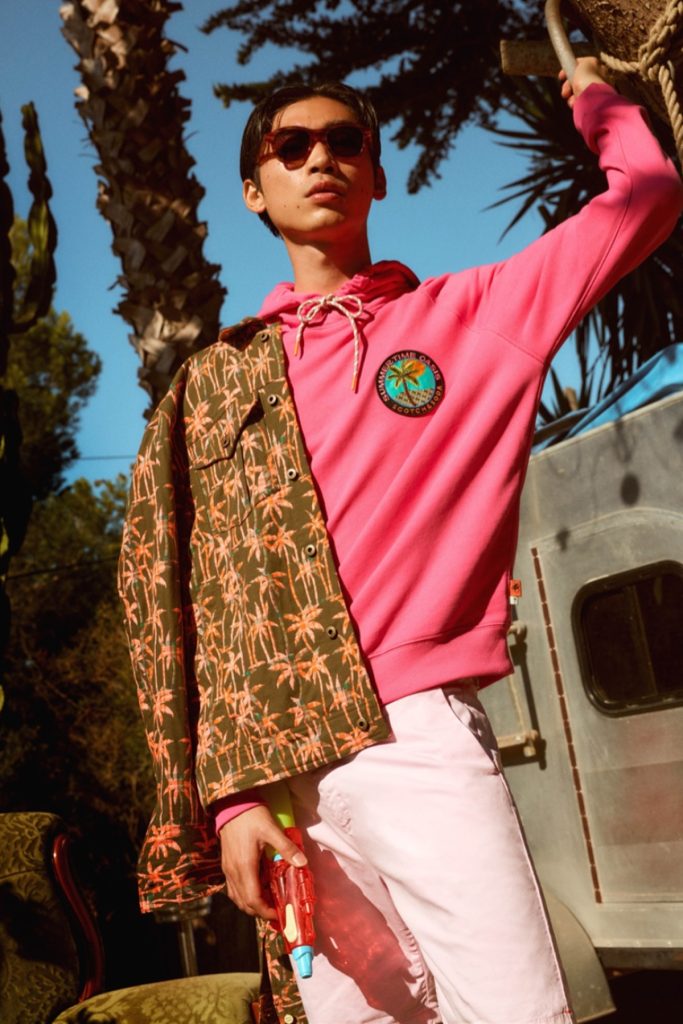Men`s fashion – how to dress for your body type?
A great outfit becomes even greater when it is based on the customer’s body type. Andre Strøm, Regional Manager at Follestad, shares his tips and experience when it comes to dressing for your body type and figure.
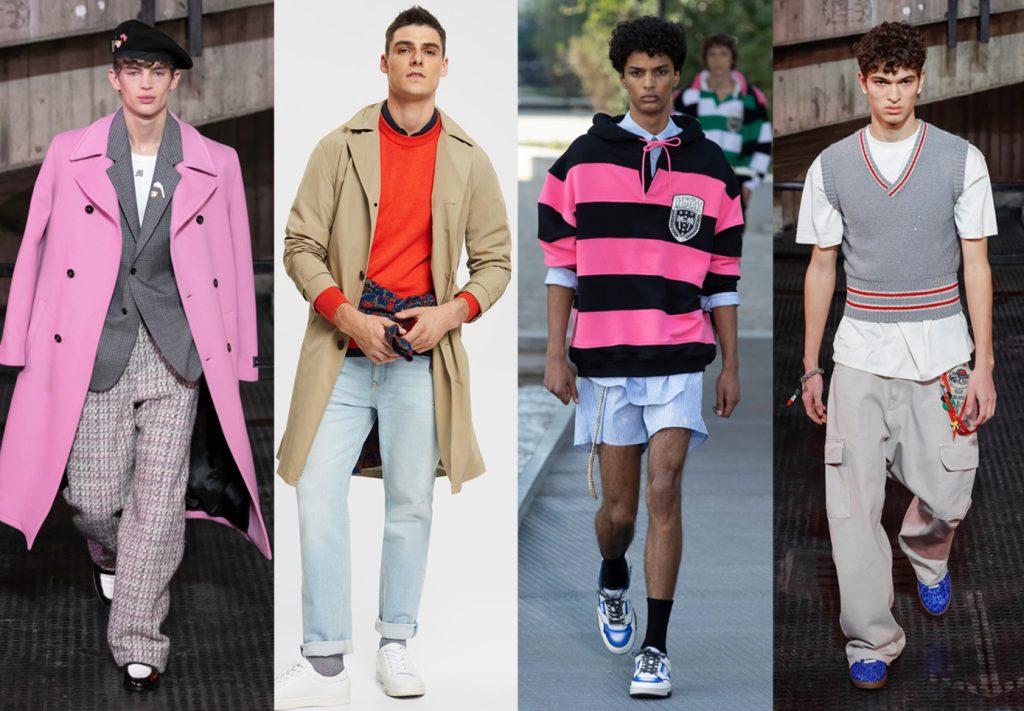
Most men aren’t often quite as keen on shopping sprees as women, but that doesn’t mean to say they don’t like looking sharp.
When time for shopping is in short supply, it’s worth knowing the different body types and what works and doesn’t work for each one, as this will play a huge role in putting together the right outfit overall.
“It’s important to know your store’s selection well and to have a good sense of what you can offer different customers, no matter what their body type or figure may be,” explains Andre Strøm, Regional Manager at Follestad.
It is also important to be familiar with different proportions and how these translate into sizes.
“Everyone who works in a clothing store should have a measuring tape to hand, and an understanding for how different measurements correspond to sizes on the rack. There is one measurement that’s absolutely crucial, and that’s the chest measurement. In ninety-nine percent of cases, it will tell us what size the customer should choose. In Norway, the most common size is 52 with a chest measurement of 104 centimetres,” he explains.
Sizes to have in store
According to Strøm, all stores should have a selection of sizes avaialble both for customers who are a little shorter than average and for those who are extra tall.
“You should have a selection of models available for taller men within the range of sizes 44–58. These models are indicated by an extra one in front of the number. So 144, 152 or 158, for example.
“Shorter models are represented by the standard number multiplied by two – so the shorter version of size 50 is referred to as size 100, and a size 52 would be 104,” he explains.
Many stores may also want to consider carrying a selection of larger sizes.
“A customer doesn’t need to be especially big before he might need an XXL or XXXL if the garment is generally small in size. So it is a good idea to have these sizes available, too.”
However, he emphasises that it is important to base this decision on your own business type, customers and target group, as no store wants to be a warehouse for goods it doesn’t need or can’t sell.
Five body types among men
Male body types are typically divided into five categories: triangle, rectangle, inverted triangle, oval and trapezoid.
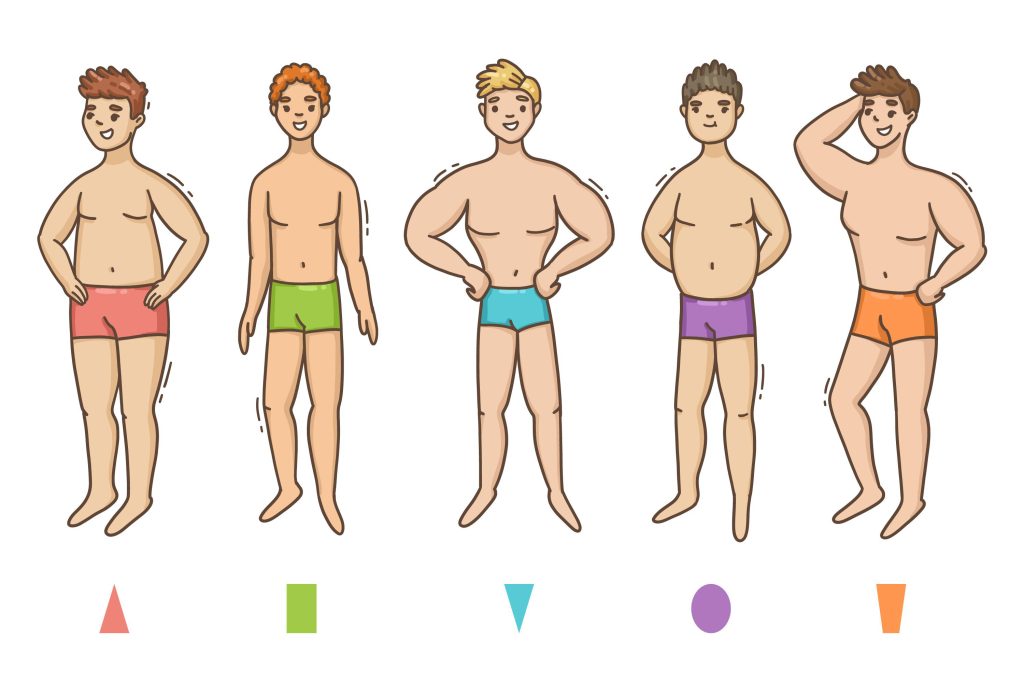
Triangle:
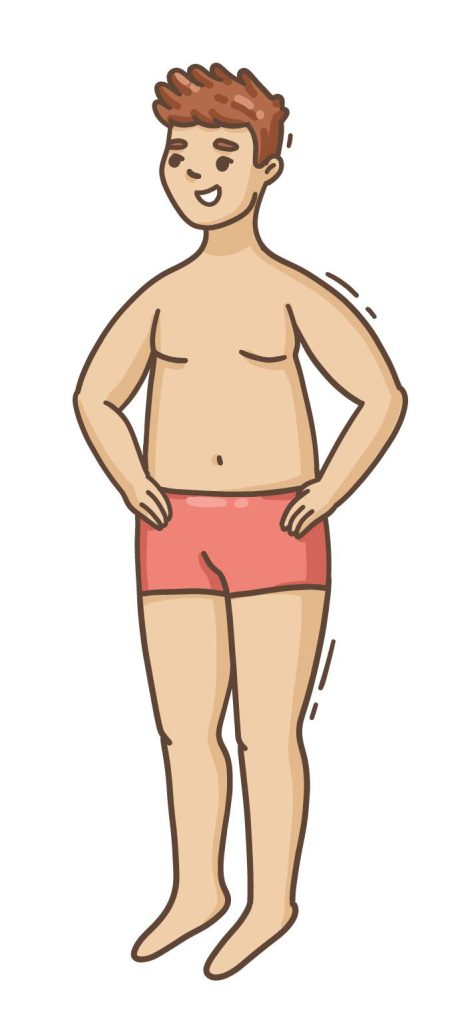
Men with the triangle body type are wider at the hips, buttocks and thighs compared with the upper part of their body, which is somewhat slimmer in contrast.
“Men who fall into this category can’t really wear slim-fit shirts as they will be too tight over the hips and buttocks. When choosing trousers, the best approach is to pick something with enough stretch so that it won’t be tight around the hips and thighs,” says Strøm.
A key element to consider when helping customers with the triangle body size to shop for clothes is that the lower part of the upper body and the waist/shoulders are often not proportional.
A good tip to restore balance is to draw attention to the shoulders and chest. A blazer/jacket with shoulder pads will do just that. Dark jeans will also help to draw focus upwards towards the shoulder and chest area.
Dark colours in general are a good option for this body type as they tend to have a slimming effect. Vertical stripes can also be used to create more length.
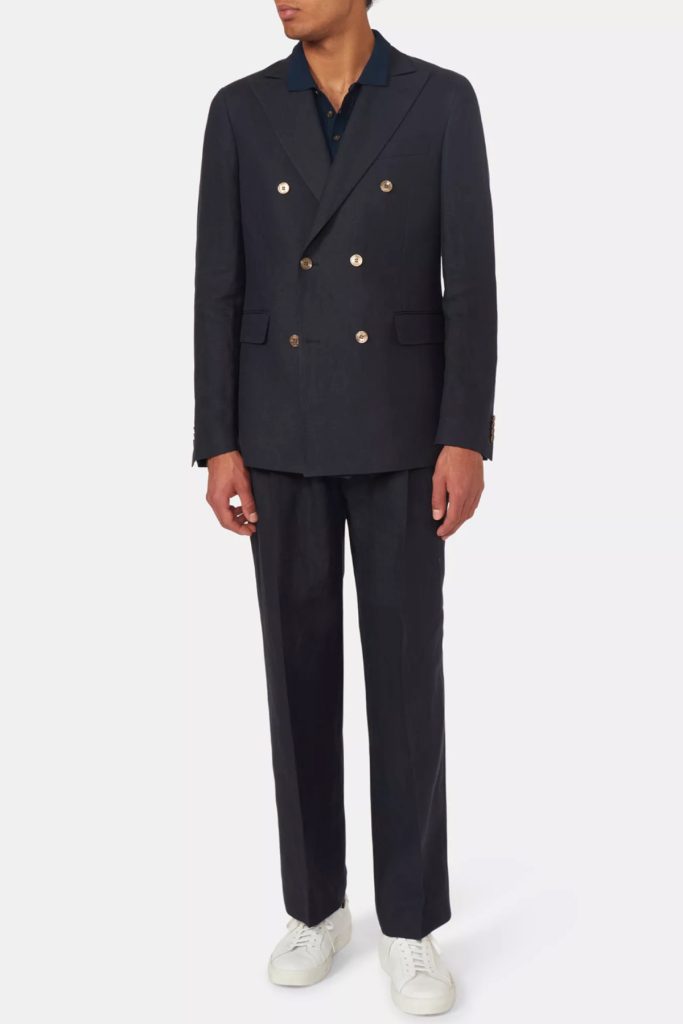
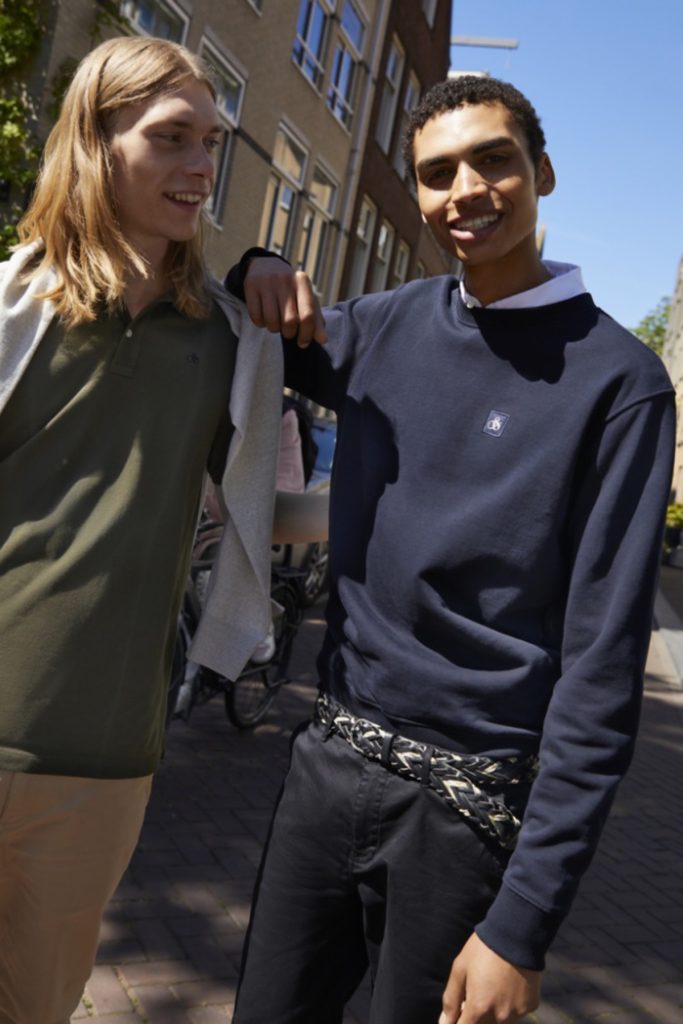
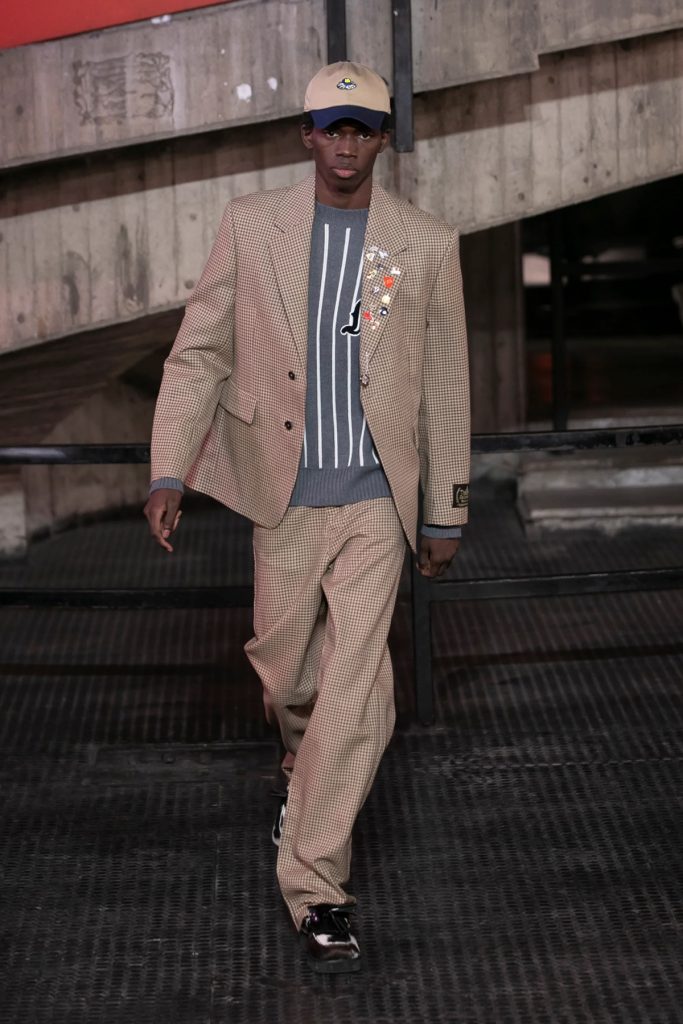
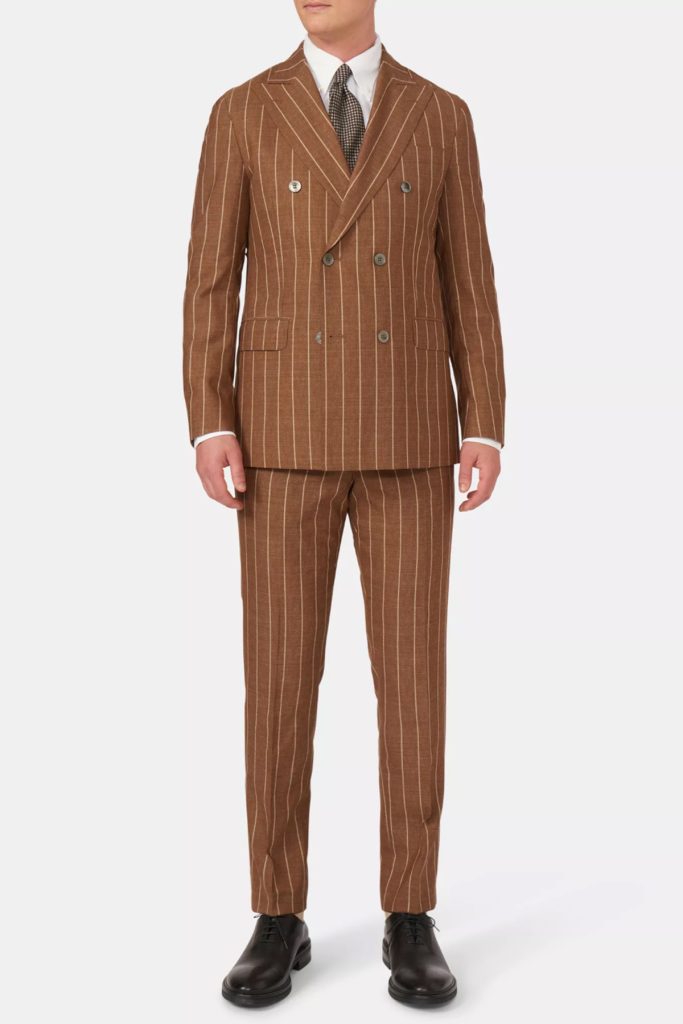
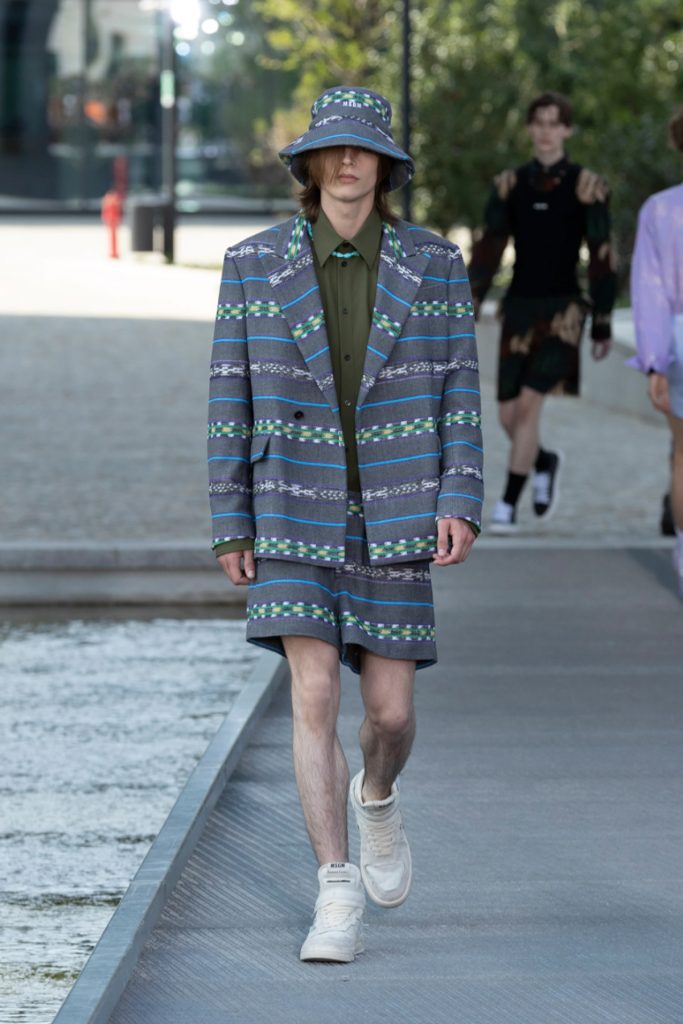
Rectangle:
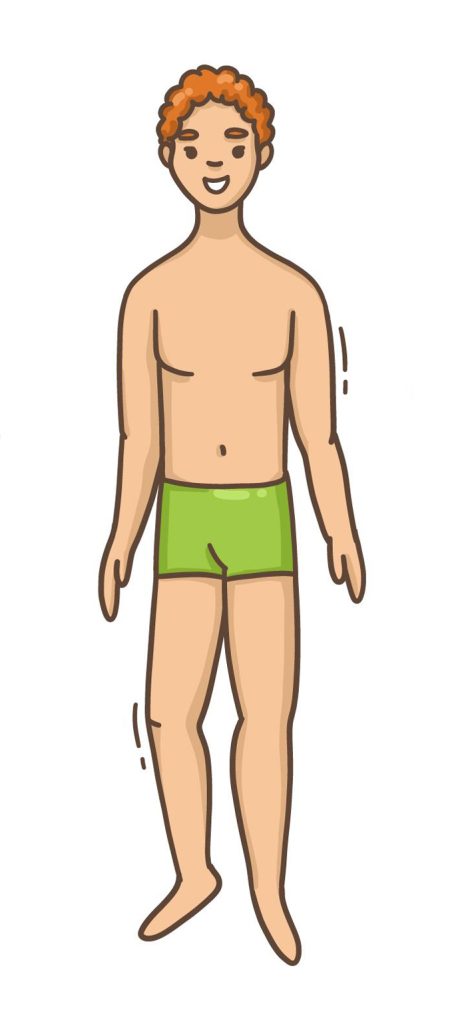
The rectangle body type is characterised by proportional dimensions. Customers in this category tend to be a little taller and slimmer than the average man. The shoulders and hips are about the same width and this creates a rectangular shape.
“These customers are typically a 36 in length, which is typically not an easy length to find in most stores It might feel a bit daunting to order in too many items with extra length, but customers are generally very grateful if they can find a selection in the length they need,” he explains.
To create a defined silhouette, men with this body type should opt for form-fitting garments – for example, by choosing slim-fit or fitted options instead of oversized garments. Items that sit closer around the waist will help to accentuate the shoulders and chest.
“Men in this category might want to play around a bit with colours and patterns. Vertical stripes are good for this type, too,” says Strøm.
Another good tip is to use layers to create extra volume. Go for round necklines rather than V-necks to better fill out the area around the neck, shoulders and chest.
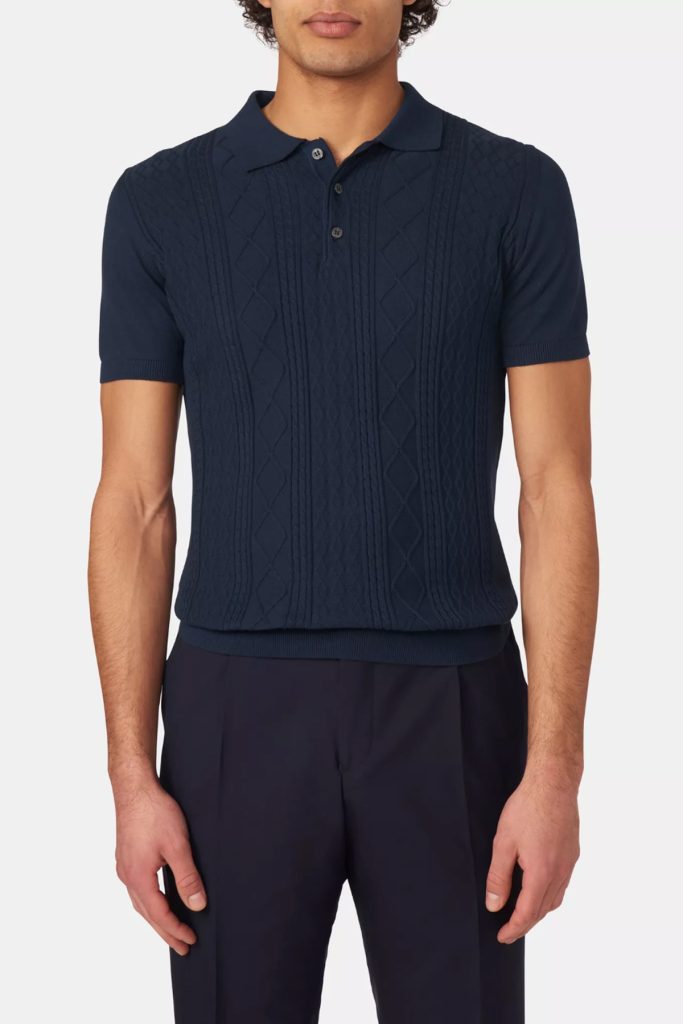
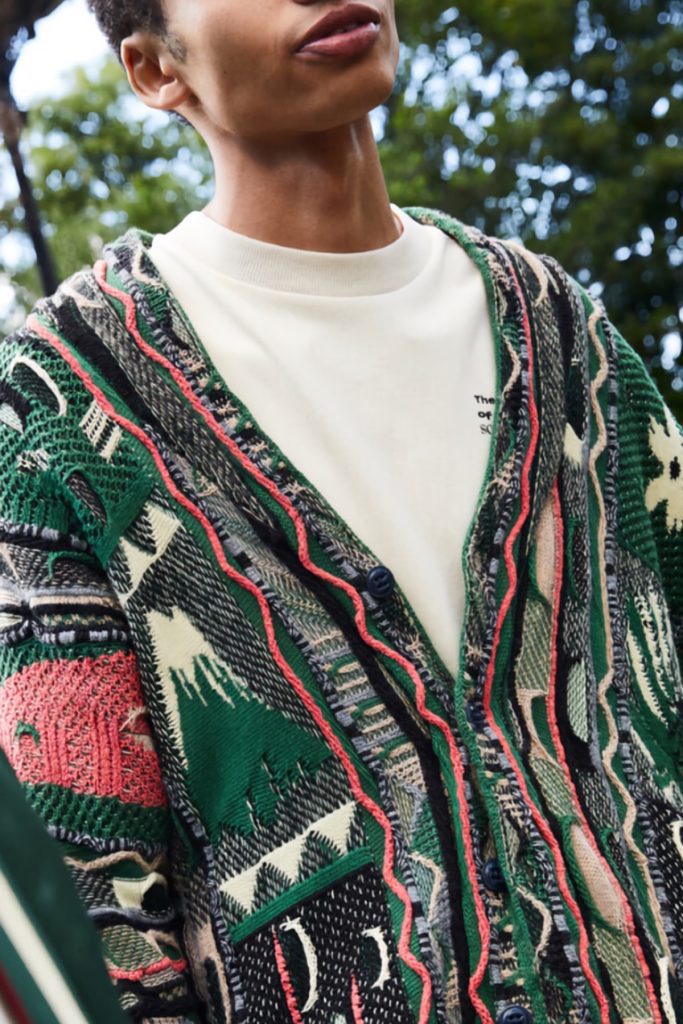
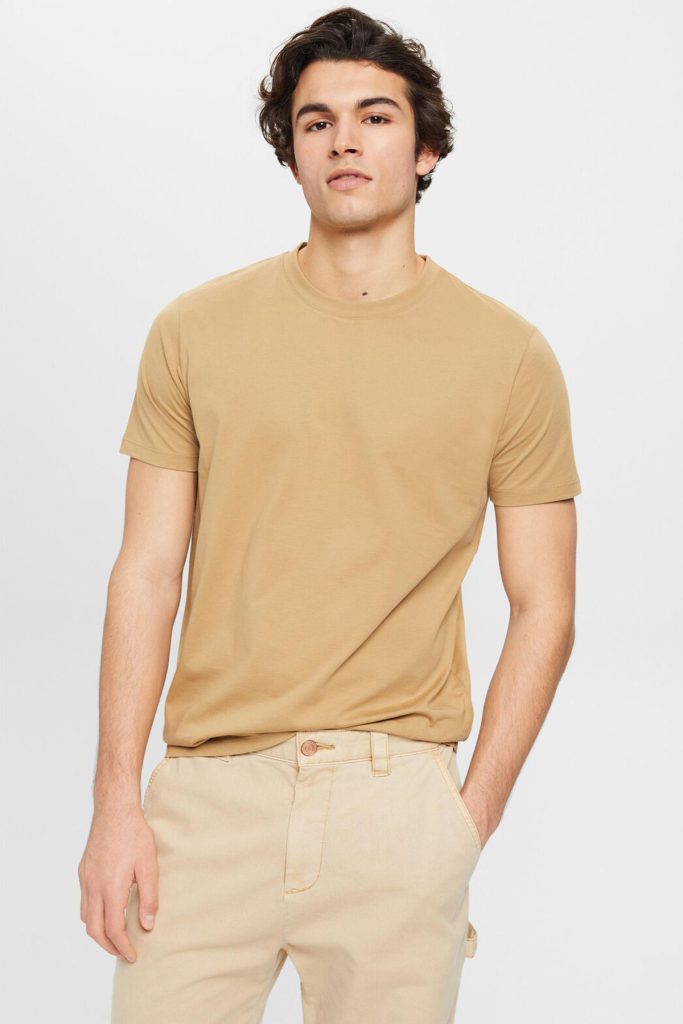
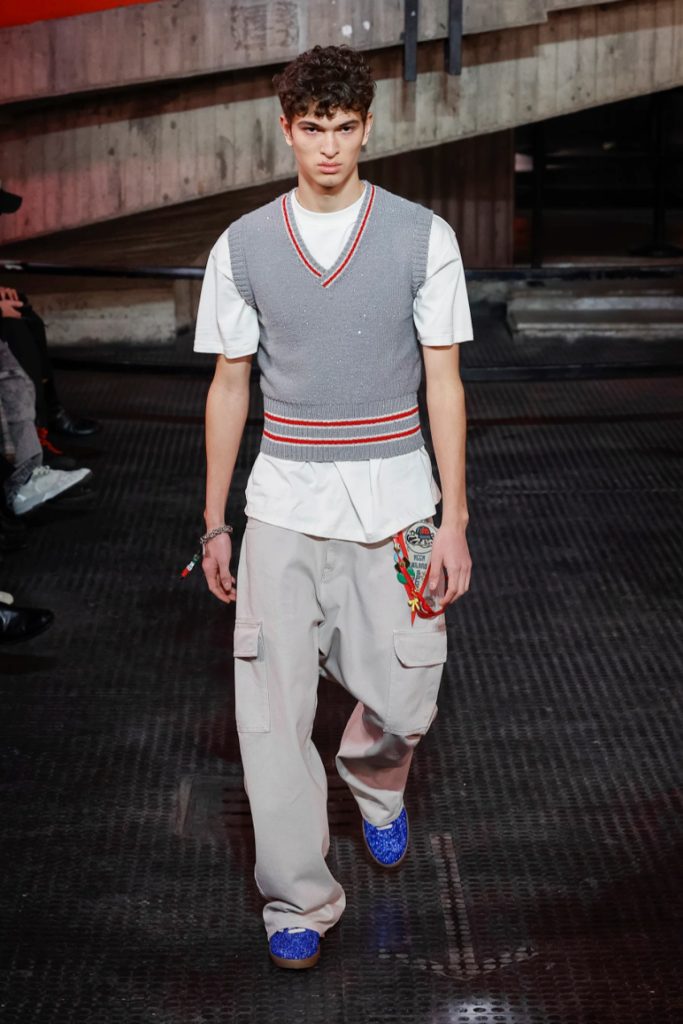
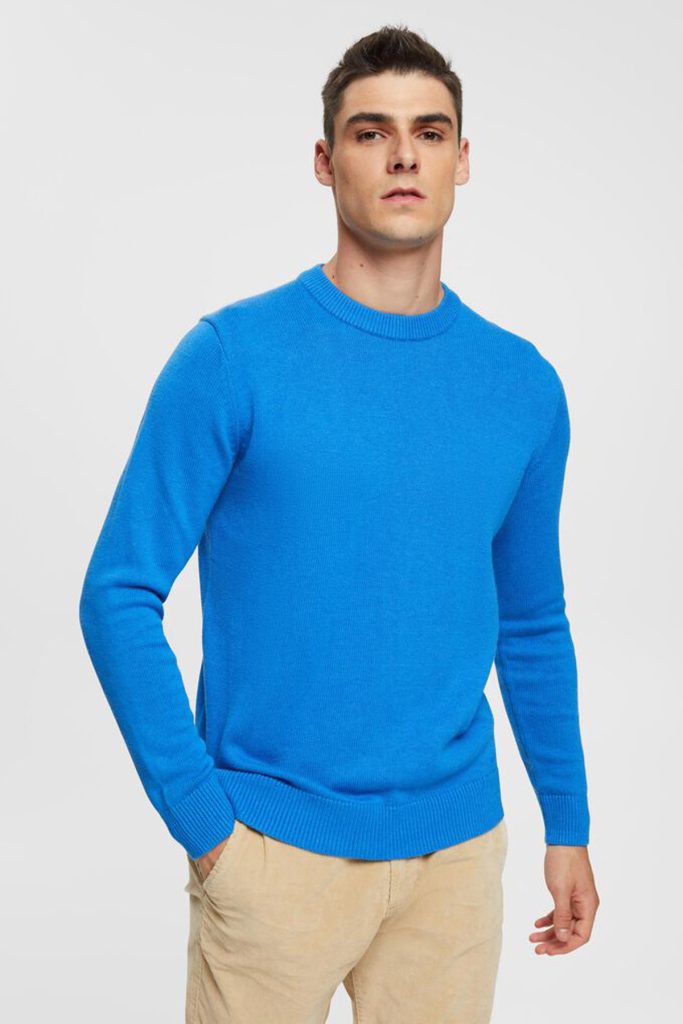
Inverted Triangle:
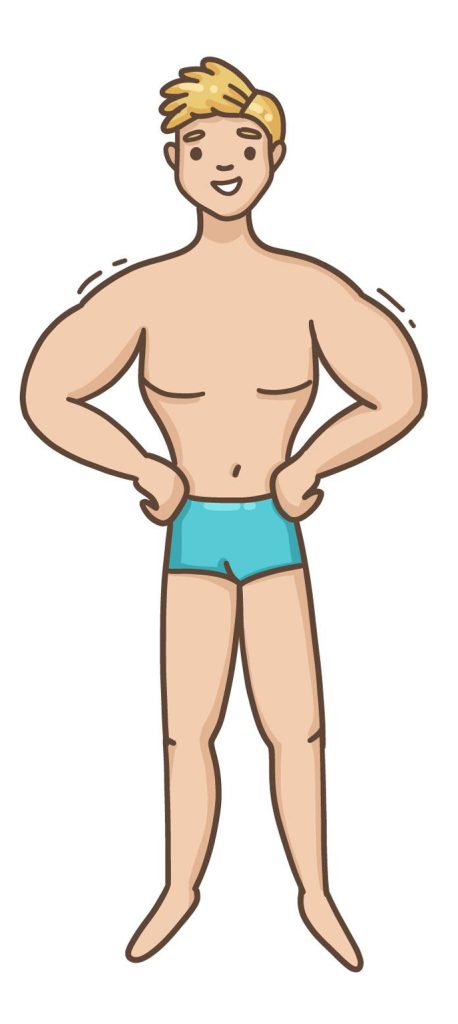
The inverted triangle is a muscular body shape characterised by a wide upper body, shoulders and chest combined with a slimmer waist.
“Inverted triangles need volume over the chest, shoulders and upper arms but a slimmer fit around the waist. This can be challenging becuase in principle no such fit exists,” explains Strøm.
“The best option is to go for a size that fits the shoulders and chest well even if it will then be a little more roomy around the waist. When it comes to shirts, blazers and off-the-shelf purchases, you can get a tailor to take them in at the waist later on.
Slim-fit options are a little more snug around the waist so these can be a good option, too, but make sure they aren’t too tight around the arms and chest. V-necks are also a good option as these will highlight the neck area and the shoulders. But avoid anything too deep.
When it comes to trousers, these shouldn’t be too tight. Straight-legged, fitted and skinny fits are all good options, but avoid super skinny and make sure there is plenty of stretch in the material.
The options are fairly open in terms of colours, patterns and materials.
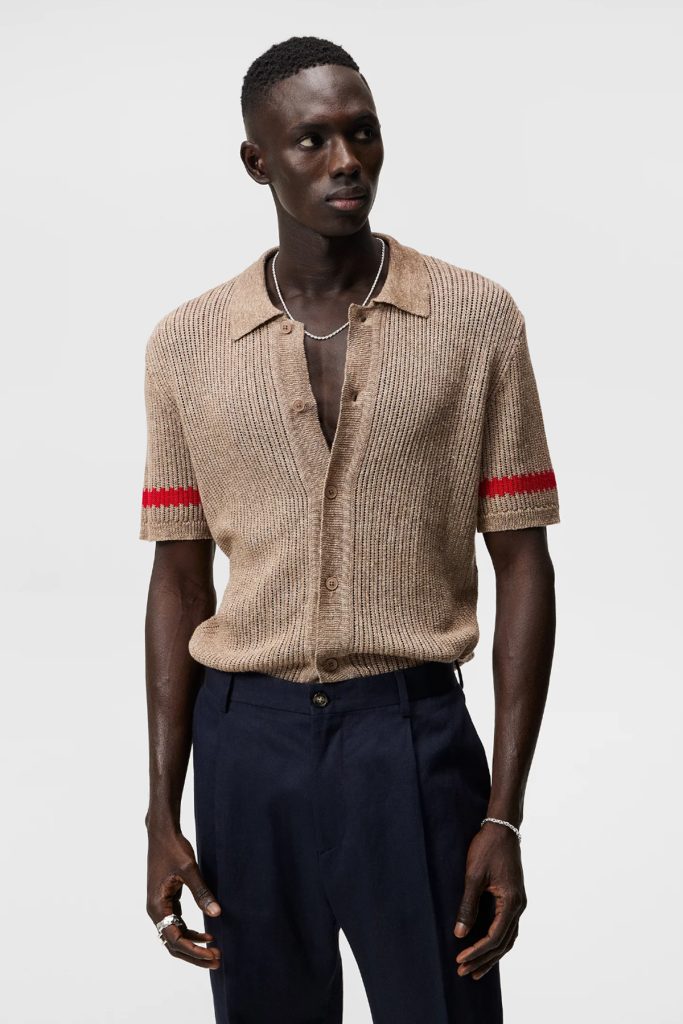
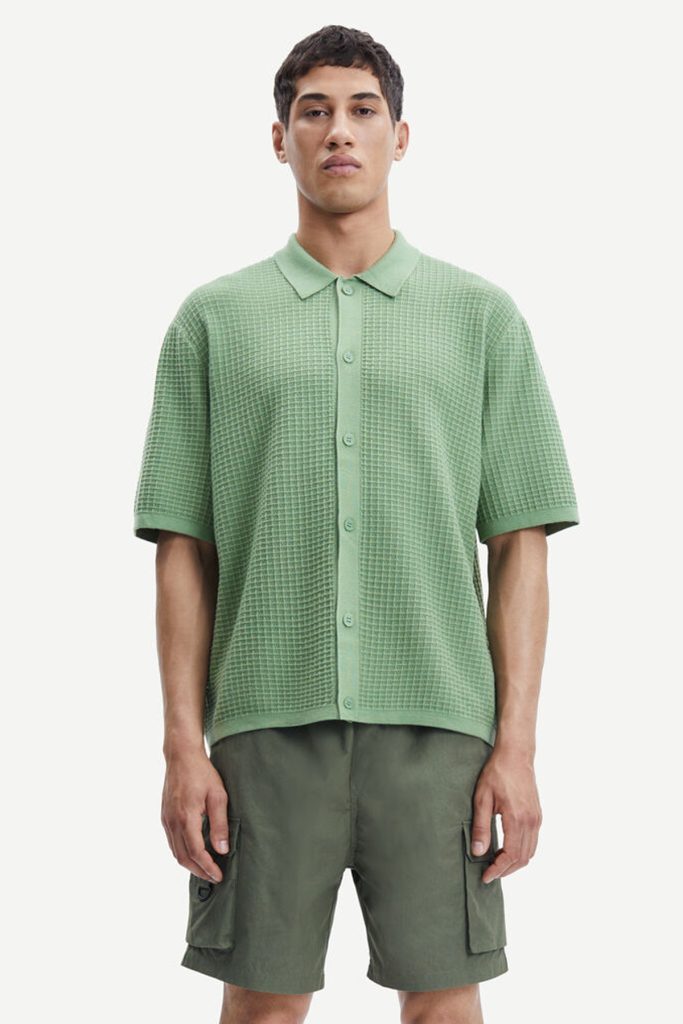
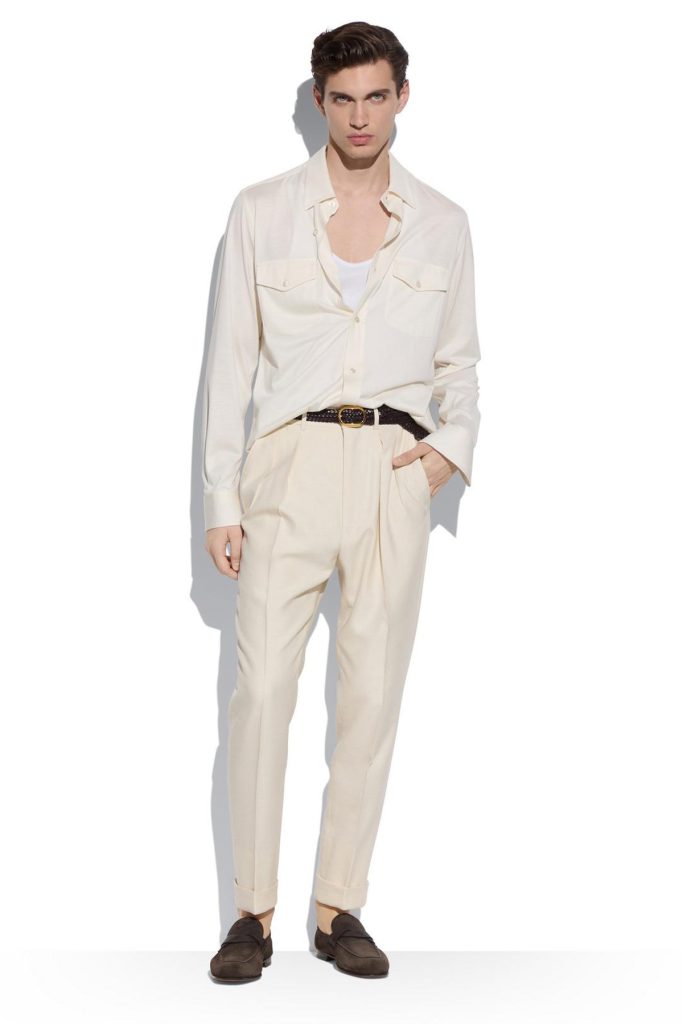
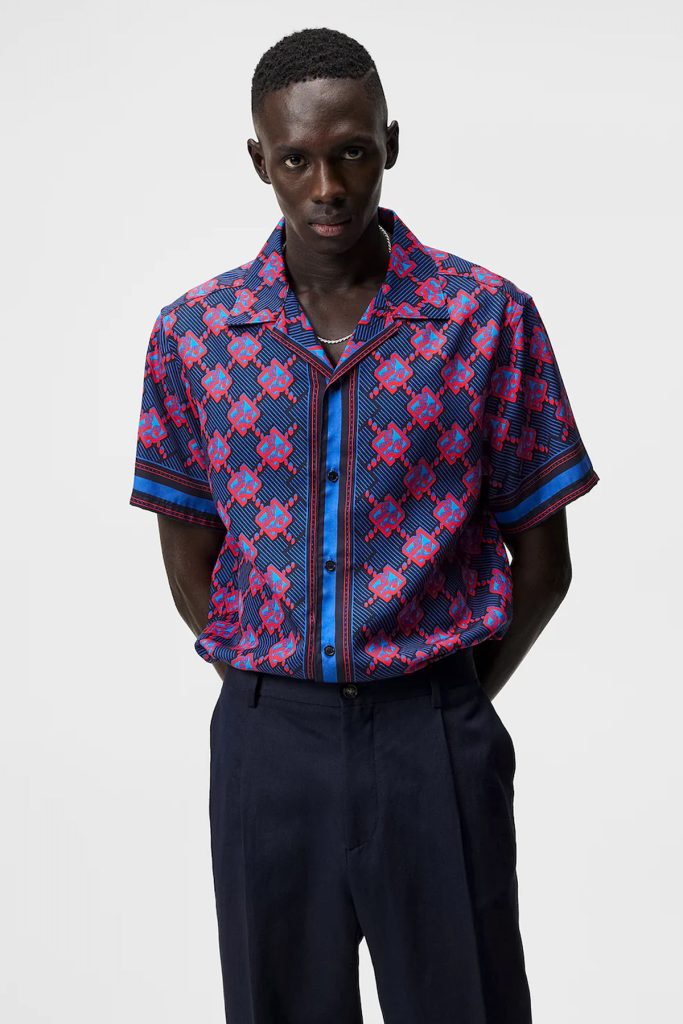
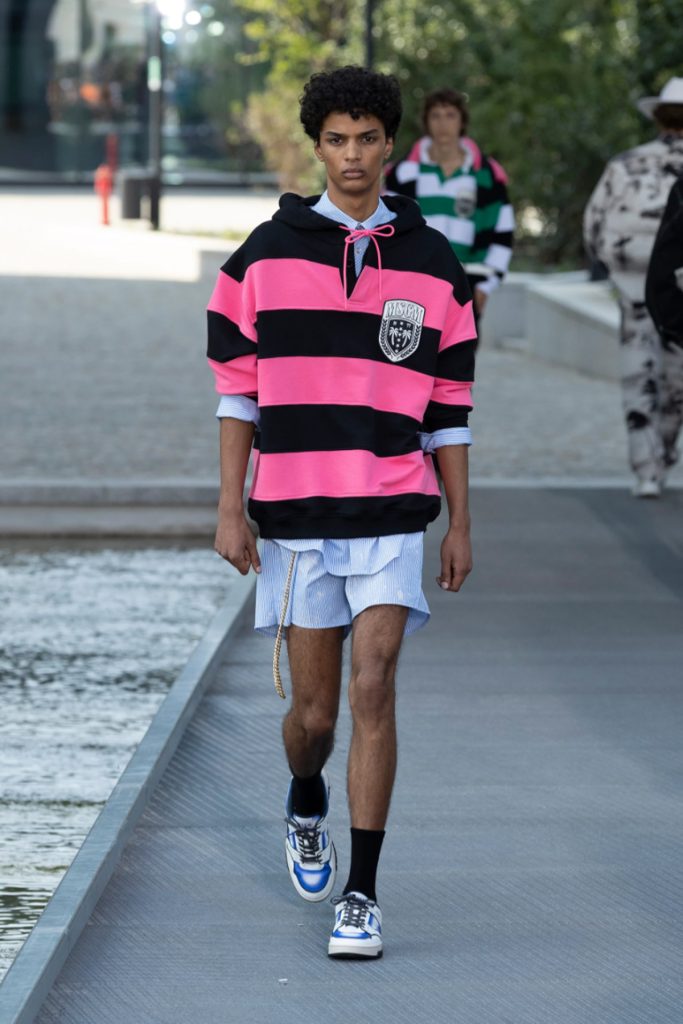
Oval:
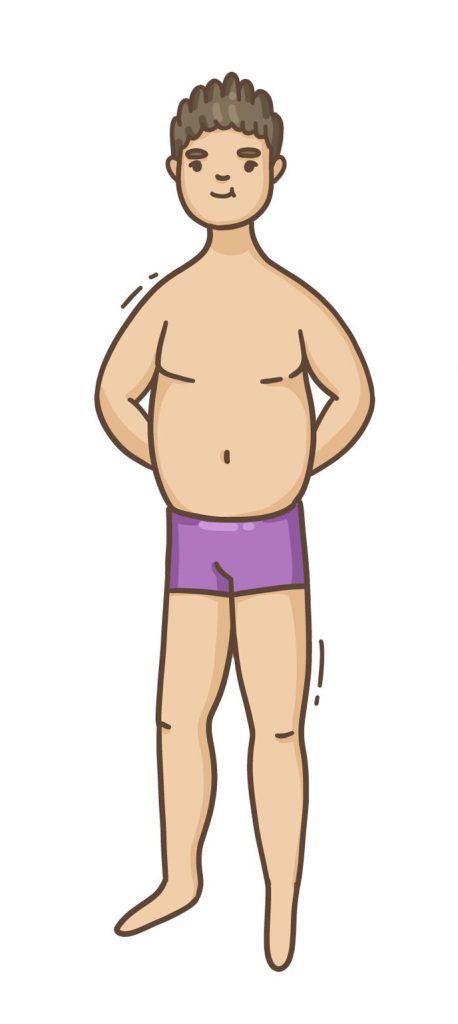
The oval body type is characterised by relatively similar proportions between the shoulders/chest and hips/buttocks with a generally rounder body shape in between. Men with this body type are usually shorter, so the best option is garments that will make them look slimmer and taller.
“We tend to see that men in this category often need a suit jacket that is both in a bigger size and also a little shorter.
“Many in this category have bigger torsos and slimmer legs, and often they will wear their trousers under the stomach, meaning they need a smaller trouser size. So it is nice to be able to mix and match when buying a suit, choosing different sizes for the jacket and trousers,” he says.
A style tip for people in the oval category is to wear dark-coloured tops and bottoms – and in combination. Dark colours have a slimming effect and leave you with a stylish and well-put-together appearance.
Like for people in the inverted triangle category, a V-neck will accentuate the neck area as it lengthens the face and neck.
Longer jackets are a better option in this category compared to a short jacket that ends around the hips. A longer jacket will give the appearance of more length and leave the person looking taller. But avoid jackets that are too long as they will end up having the opposite effect.
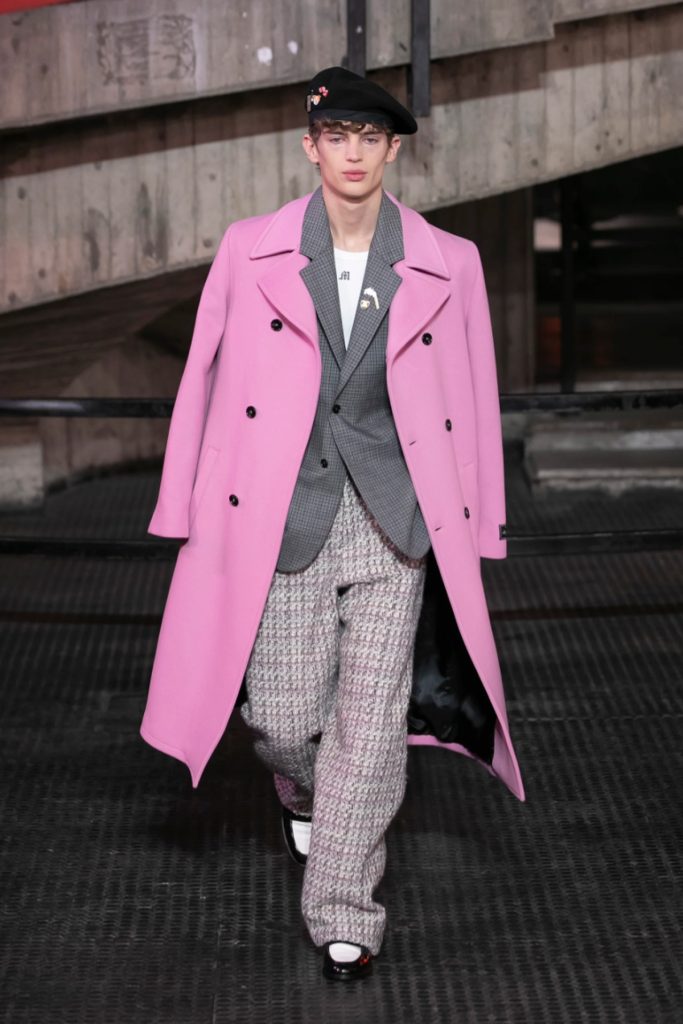
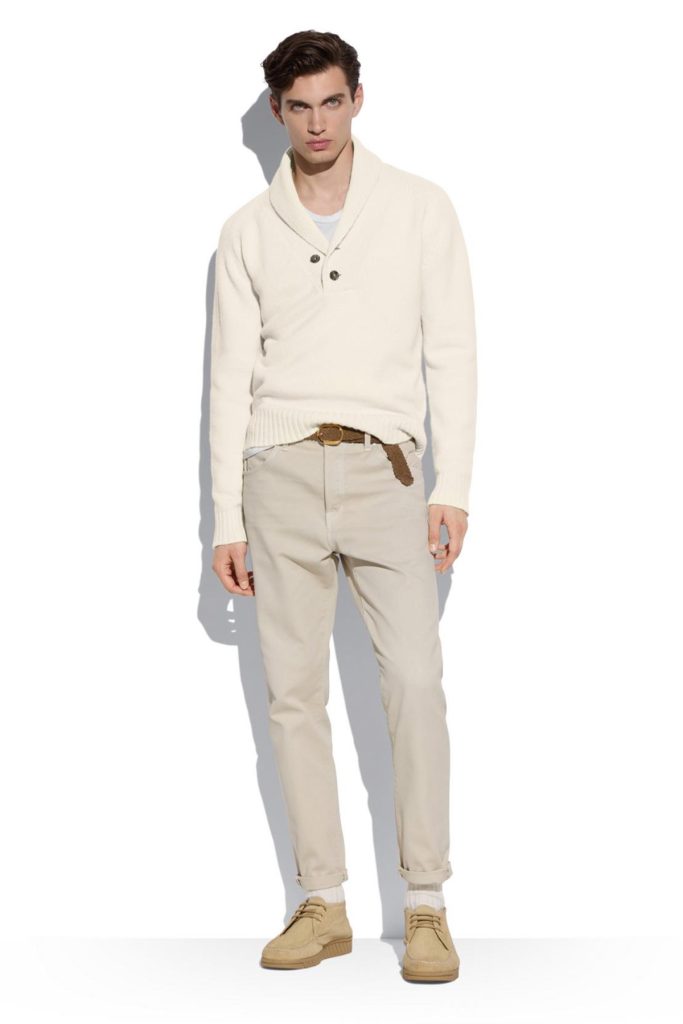
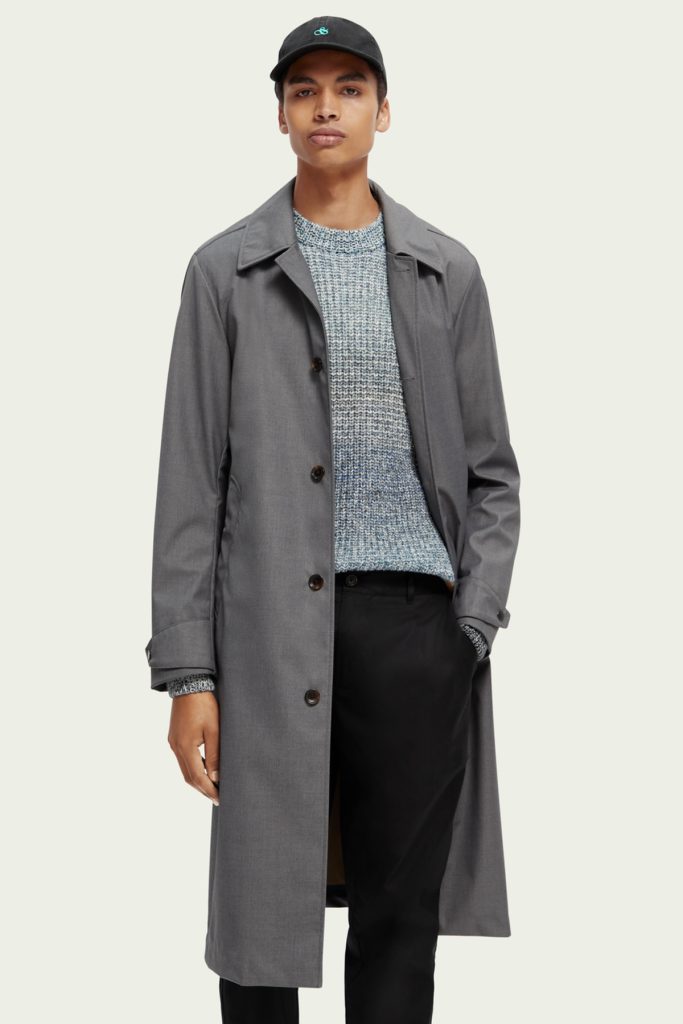
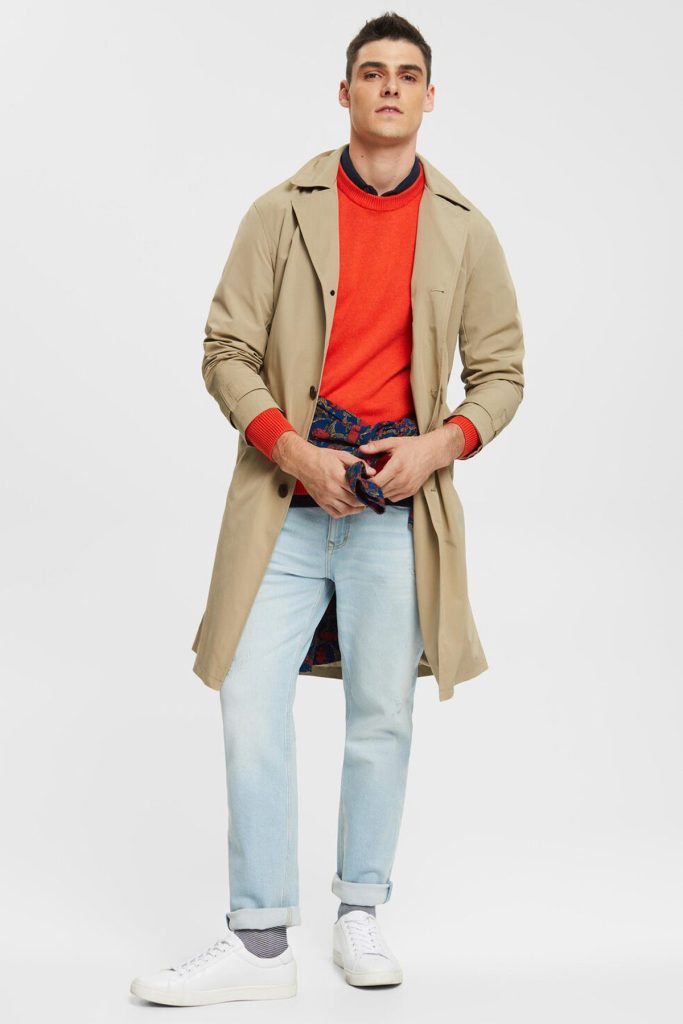
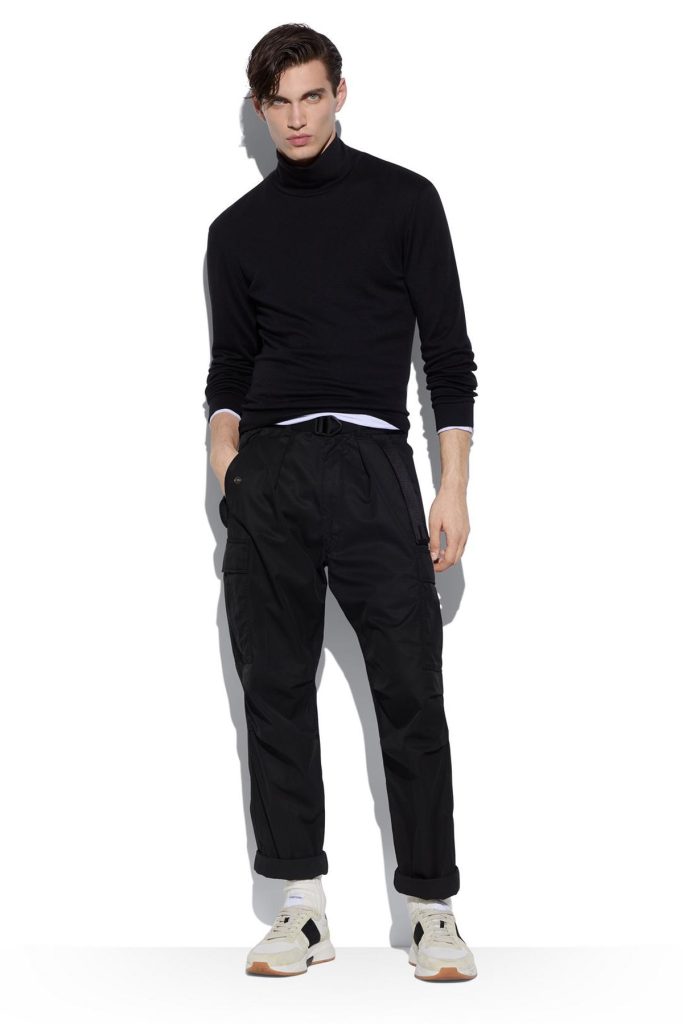
Trapezoid
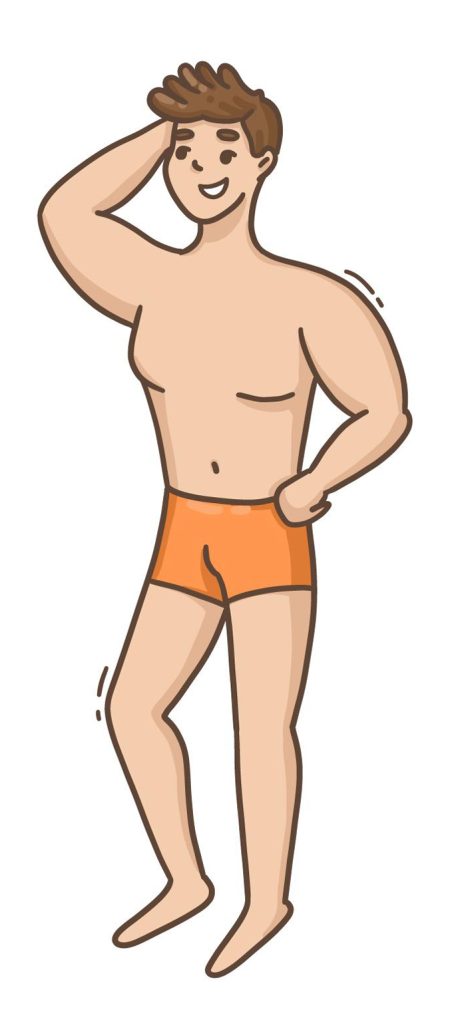
The trapezoid is probably the body type that best represents the average man and it is the baseline for most garments produced today. The shoulders are broad but not excessively muscular and the waist is the slimmest part of the torso.
Because this is the yardstick used by most clothing manufacturers, there are plenty of options to choose from, but even so, there is still good advice to be had.
First of all, a tailored suit is always best. Adapting a suit to one’s individual measurements will help to highlight the best features of this body type and create well-balanced and good proportions.
Customers in this category should avoid oversized garments. Oversized clothes are generally quite shapeless, and this does not combine well with the trapezoid body type.
The options are wide open when it comes to colours and patterns – both vertical and horizontal stripes are good, and so are bold or neutral colours, solid colours and patterns. Experiment with different combinations and find out what the customer likes and what works best.
A good tip when it comes to this category is to have a selection of fitted shirts in the wardrobe to use as a base. This will make it easy to put together an outfit for any ocassion.
